How to make a home office work in your garden – the positioning, planting and pathway tips to know
Make your office sit beautifully within your outdoor space
Andrea Childs
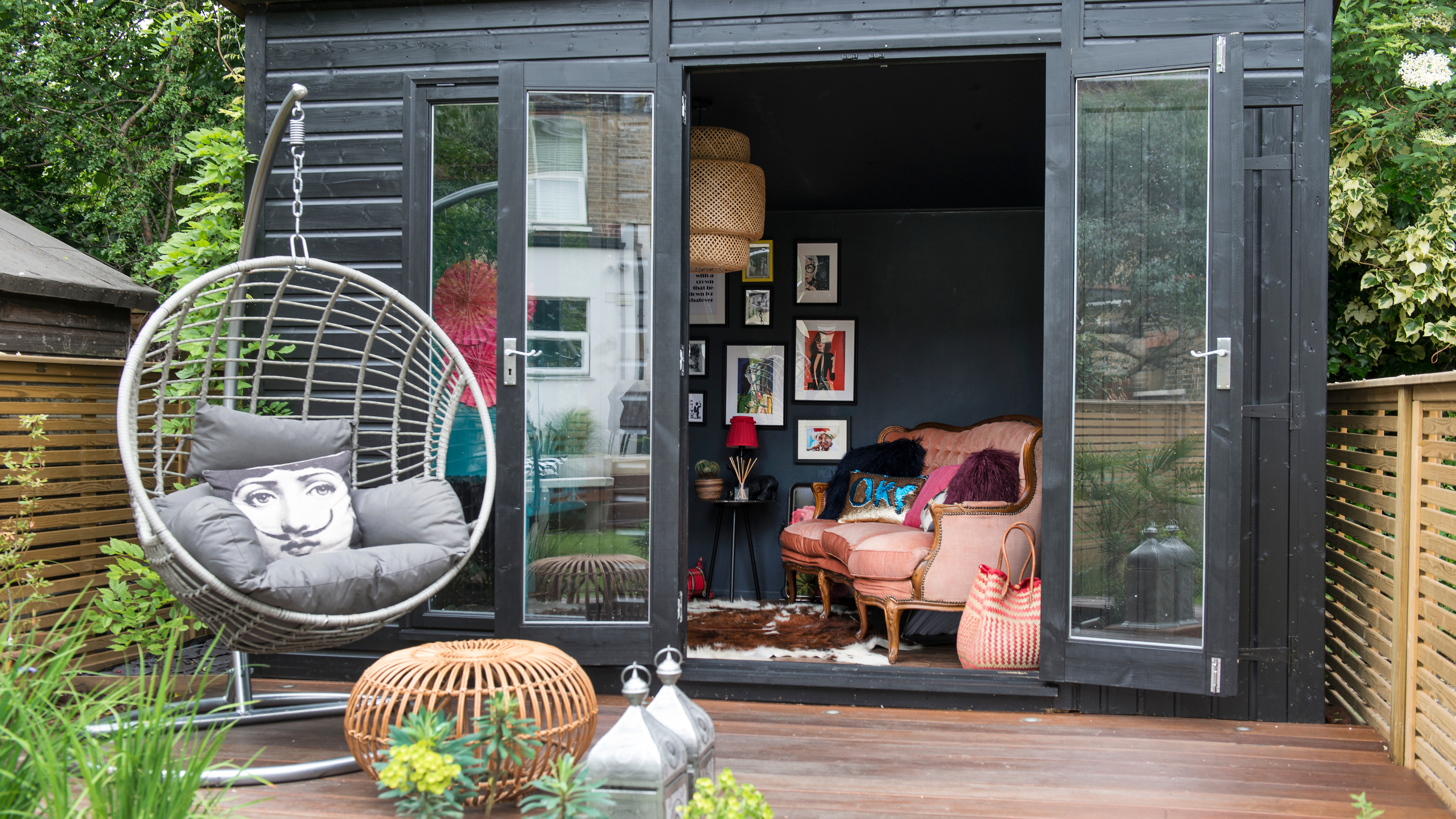
With increasing numbers of us working from home, it’s no surprise that so many garden sheds, summerhouses, studios and retreats are being reimagined as garden offices.
If you’re thinking about joining the 'Working From Garden' cohort, your outdoor space will need to adapt to balance your work and leisure time. Whether it’s a repurposed building, a new, off-the-shelf module or a bespoke design, you’re dedicating a significant part of your precious outdoor space to your work life and making a sizeable investment, too.
You don’t want your garden office ideas to look out of place or ungainly, so it’s important to consider where and how the building sits within the landscaping so that it enhances instead of detracting from the garden. We spoke to the experts to find out the secrets of a nine-to-five garden.
Where to position your garden office
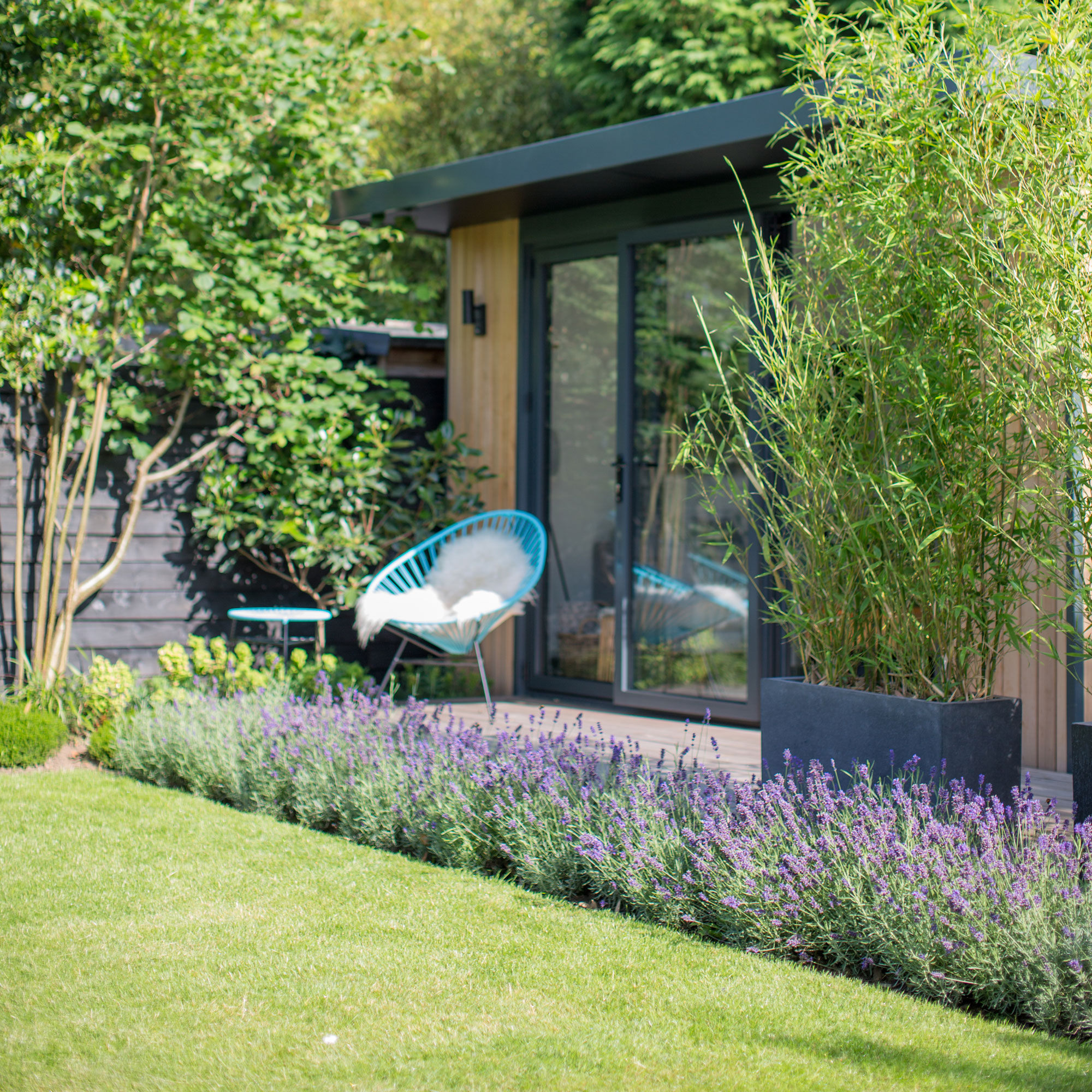
Once you've checked if you need planning permission for a garden room and then planned how to build your garden room, working out the size, materials and costs involved, you'll need to think about where best to position it in your garden.
The obvious solution might appear to be at the end of your plot, as far from the house as possible, but that's not always the best approach, say garden designers.
In smaller gardens, it can be difficult to create an office building that feels separate from home. ‘Tucking it in the corner of a plot might not actually mean tucking it out of the way; sometimes it’s better closer to the house,' says garden designer Oliver Bond.
Here are a few positioning tips to bear in mind:
Sign up to our newsletter for style inspiration, real homes, project and garden advice and shopping know-how
- The first question is: when you’re not working, can you see your office? You probably don’t want to be able to look at your desk when you’re in the garden having family round.
- Positioning the garden building so that it’s not directly facing the back of the house is one solution – where possible, placing the building at a 90-degree angle creates a different viewpoint from your desk and from your home.
- Borrow neighbouring views over your fence, so your office window looks out in that direction rather than back towards the house.
The path to your garden office
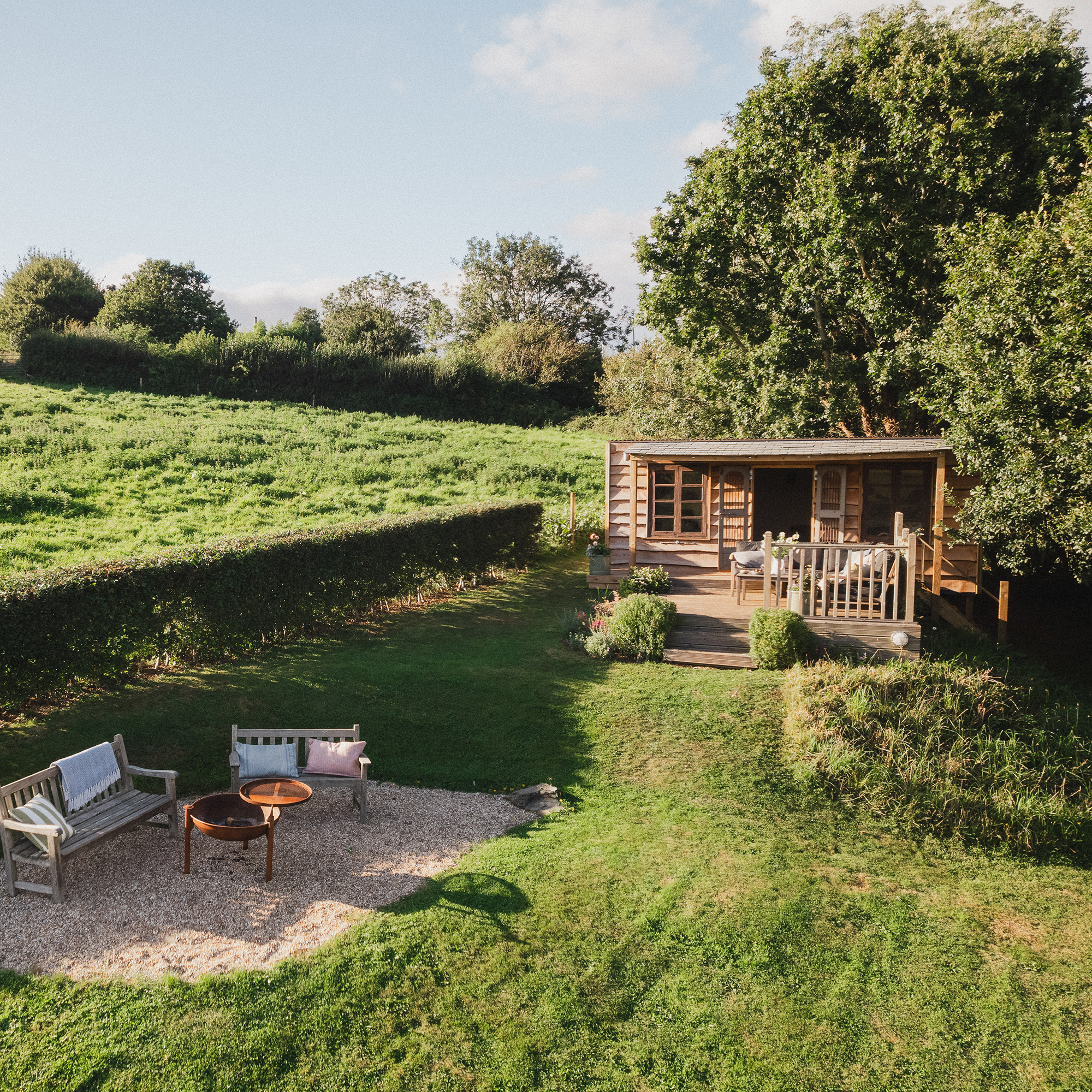
Any commute is an important part of transitioning into work mode – even if your office is only a few minutes’ walk away. The path to your garden office doesn’t have to be the shortest designated route – a meandering stroll will give you a few more moments to draw breath, reset your mental barometer and leave the domestics behind.
Path materials should be practical enough to cope with all weathers, but consider using a combination of materials. A mix of paving or brick with gravel means you might pay more attention to your journey, however brief, through subtle shifts in the sounds and textures changing underfoot.
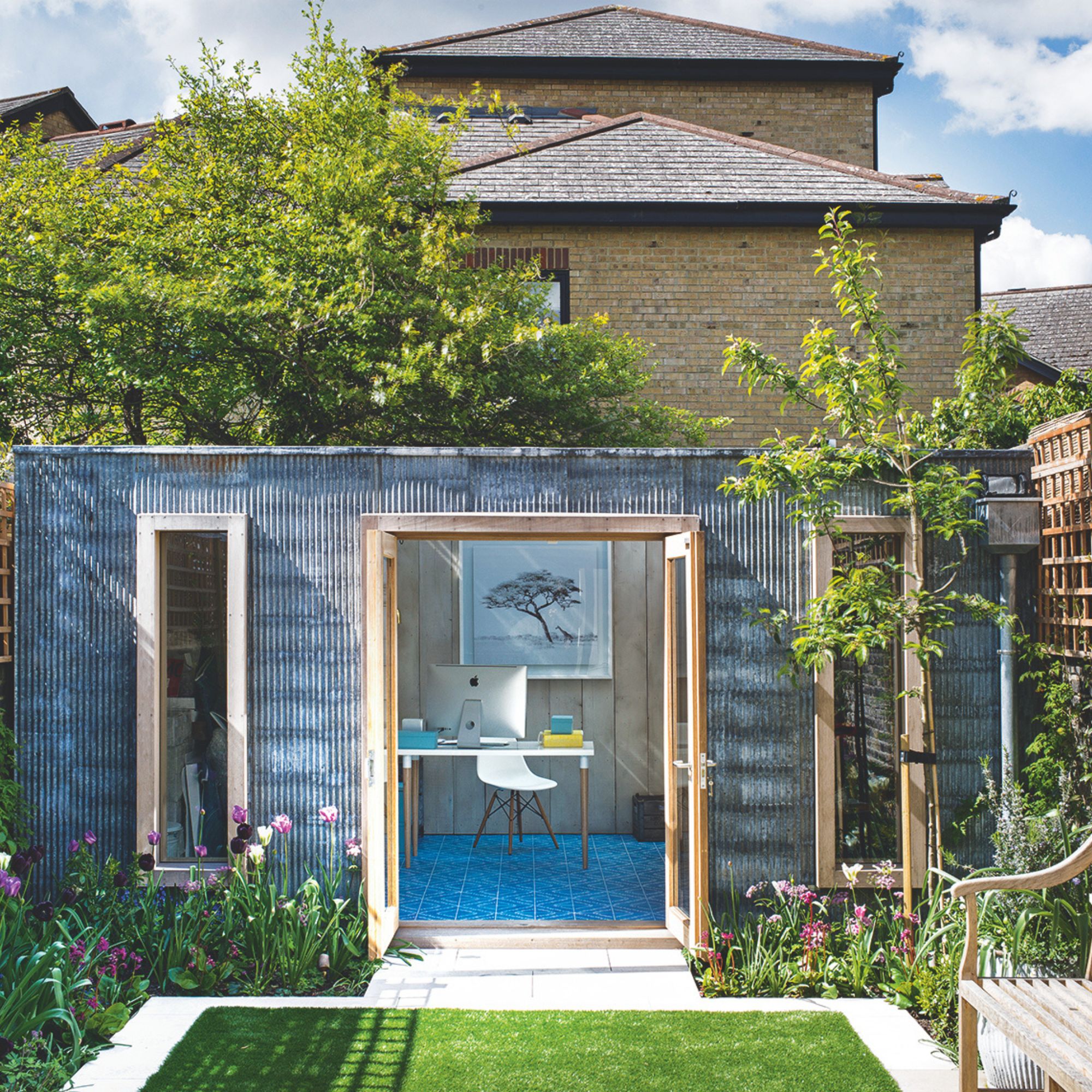
‘Garden path ideas should be just as interesting as the garden itself. They dictate how you navigate a space and allow the garden to flow from one area to another,’ says garden designer Fi Boyle. Use sloping areas to your advantage, adding in steps and planting terraces to enhance the sense of a journey.
In larger gardens, a mown path through longer grass can provide a simple but effective transition. It might be less weatherproof but you can build in a wildlife garden journey with meadow planting along the way to the office – you just might need some office slippers at the other end on rainy days.
How to disguise your garden office
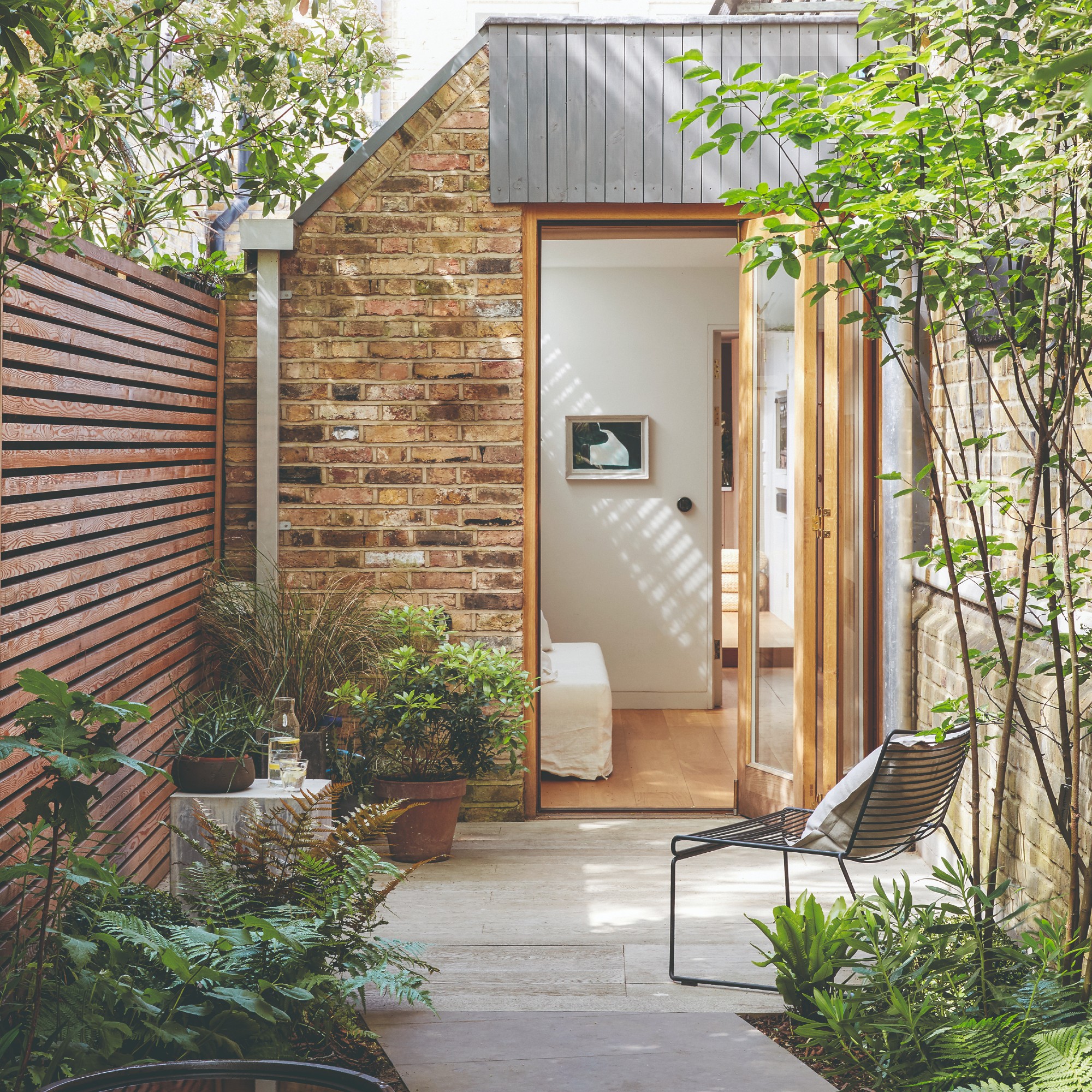
Getting the balance of planting and hard landscaping right might need a few visual boundaries and tricks to distract and disguise your place of work. You don’t have to hide your ‘shed’ totally from view – even in the smallest space, planting will provide a solution.
Paint the building with darker colours that let it recede from view, with the bonus that these saturated shades will also provide a good backdrop for planting. Adding a veranda or pergola outside the office will also help the building merge into the natural surroundings once it is clad with plants.
In larger gardens, create doorways through hedging to a clearly defined work area. But if space is limited, steer clear of tall, blocky evergreens that can appear solid and claustrophobic and make a garden seem smaller.
Choose fine, tall planting to diffuse the view of the building with a light, airy feel. The varying height and form of perennials combined with grasses creates a subtle, distracting screen with flowers and seedheads providing a changing tapestry through the seasons. Bolder foliage plants can work too, creating more dynamic patterns.
Make it a year-round destination
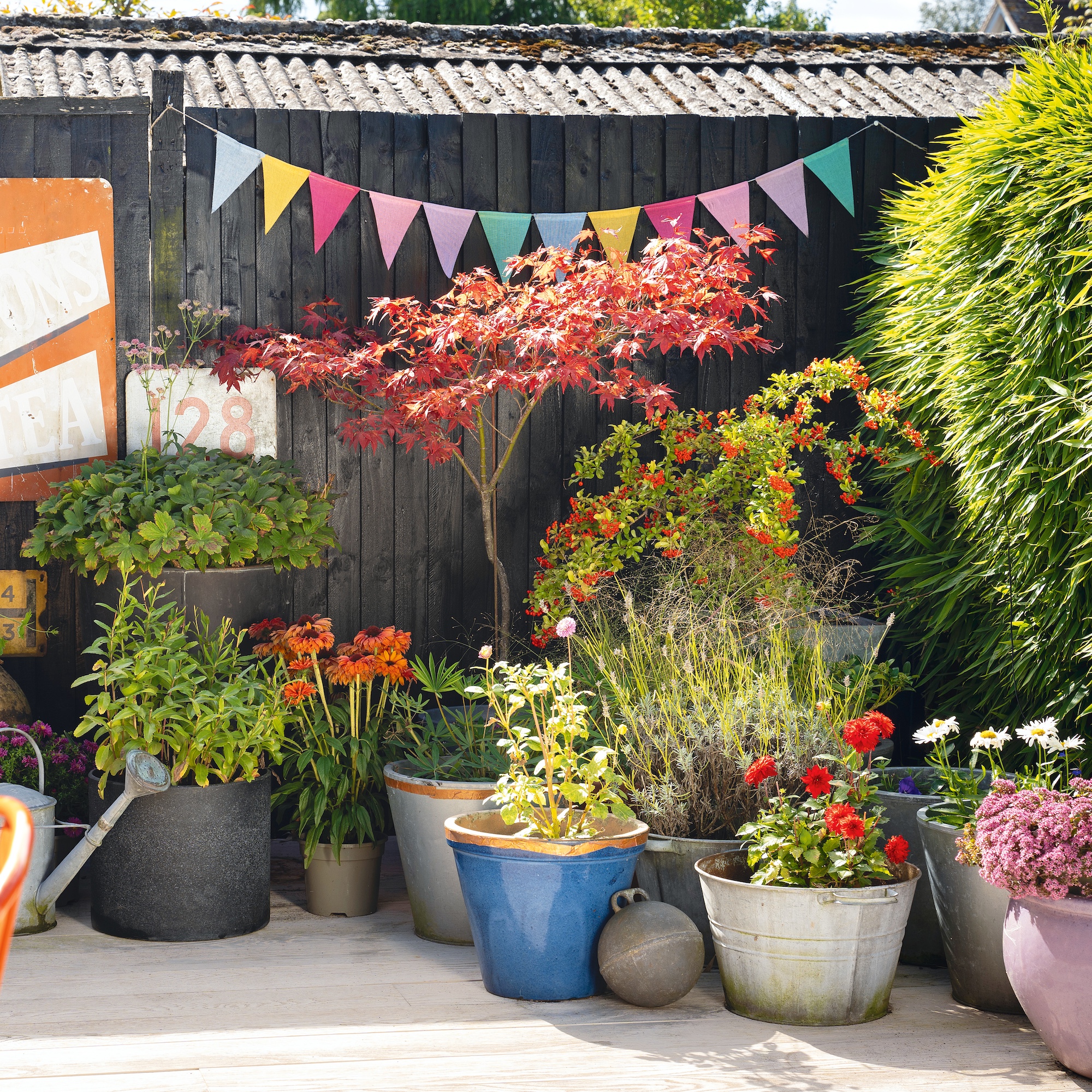
When you're integrating a home office into your garden, it's worth planting something to look at for every month of the year.
Think winter-flowering shrubs for scent to catch you when you’re heading back to work after Christmas; early flowering bulbs to ease you into spring; and summer climbers – roses, clematis, jasmine – to frame your workspace, or to ramble around a window, over a pergola or veranda outside your office. A small tree planted en route to the office makes a key punctuation point on the way.
It’s always helpful to get professional design advice if you can, but if you’re starting from scratch, the key elements to consider are siting your office in the right spot, how you get there and the plants that surround it.
- Andrea ChildsEditor